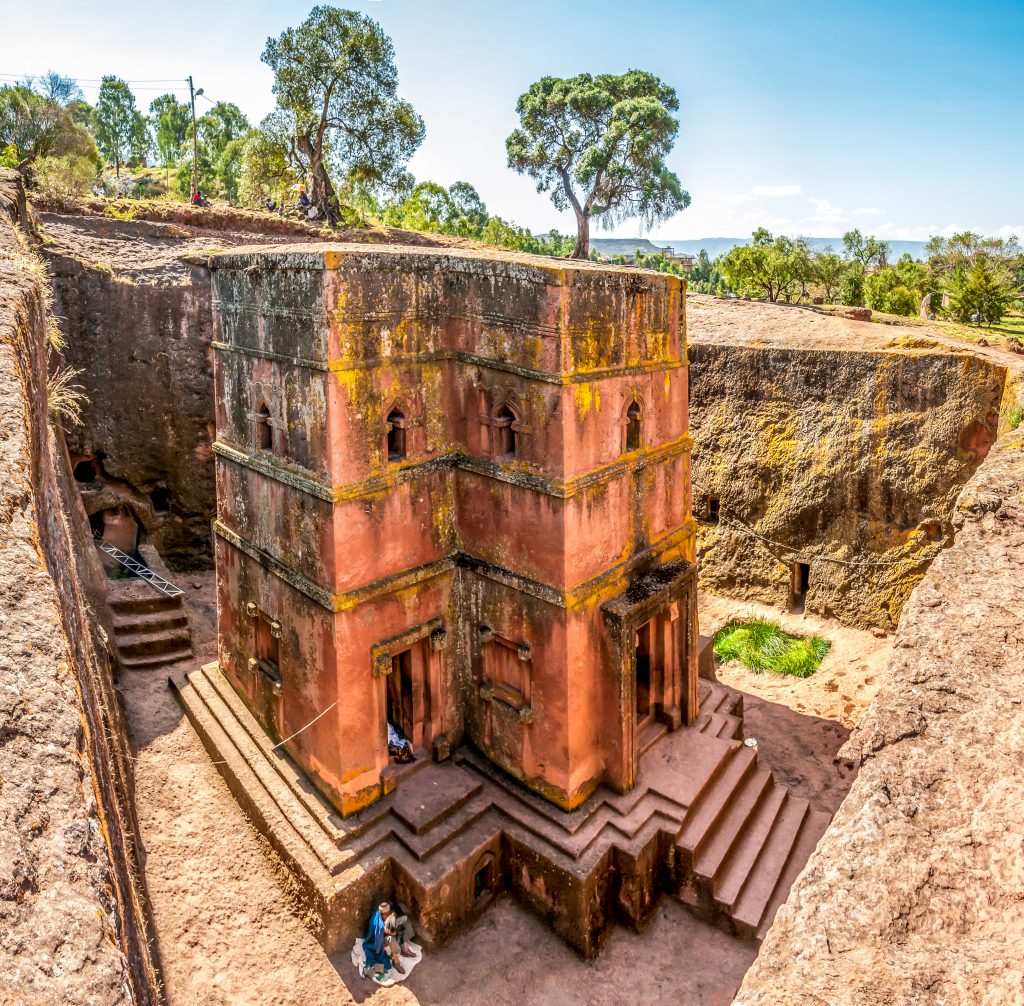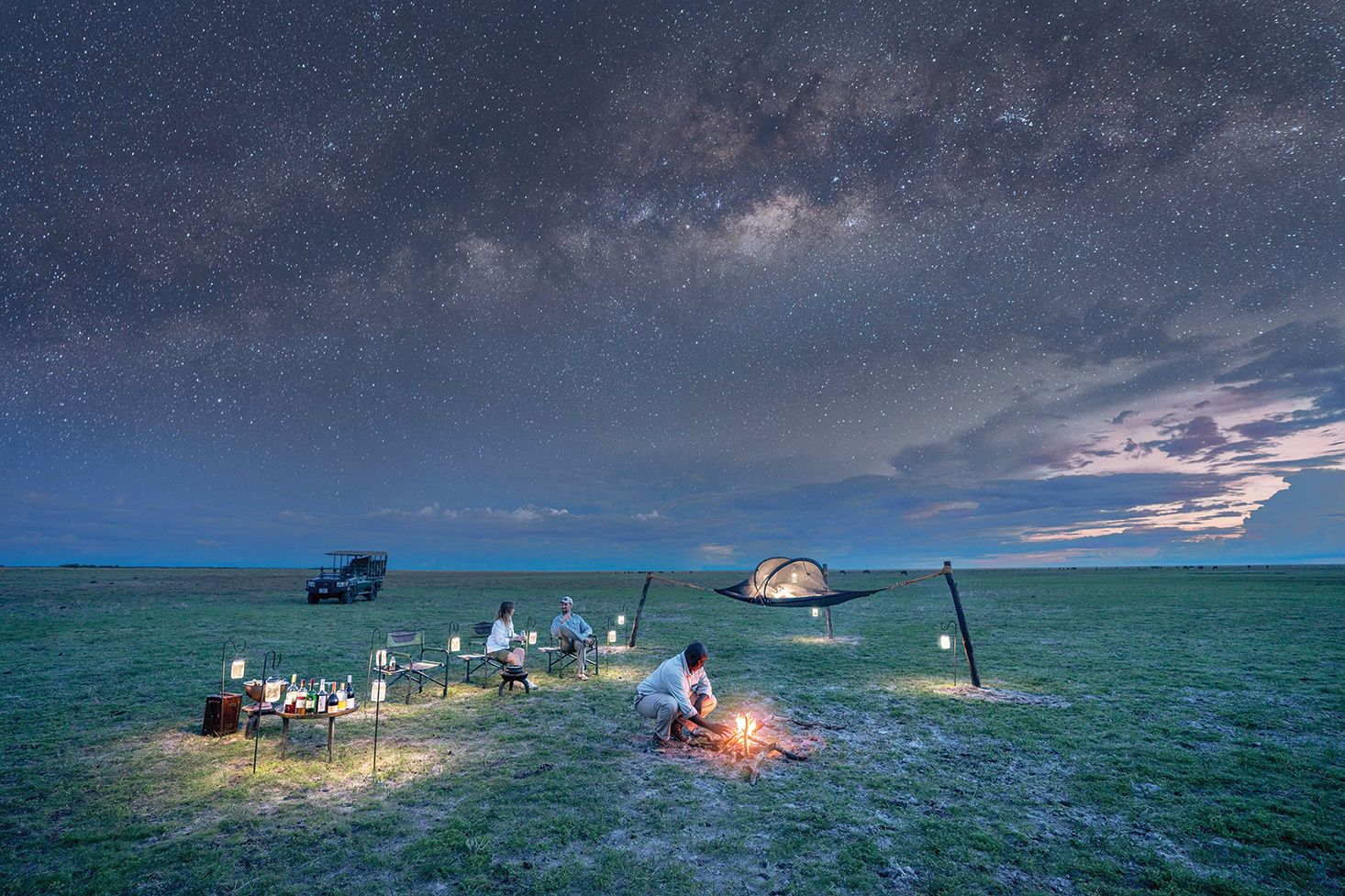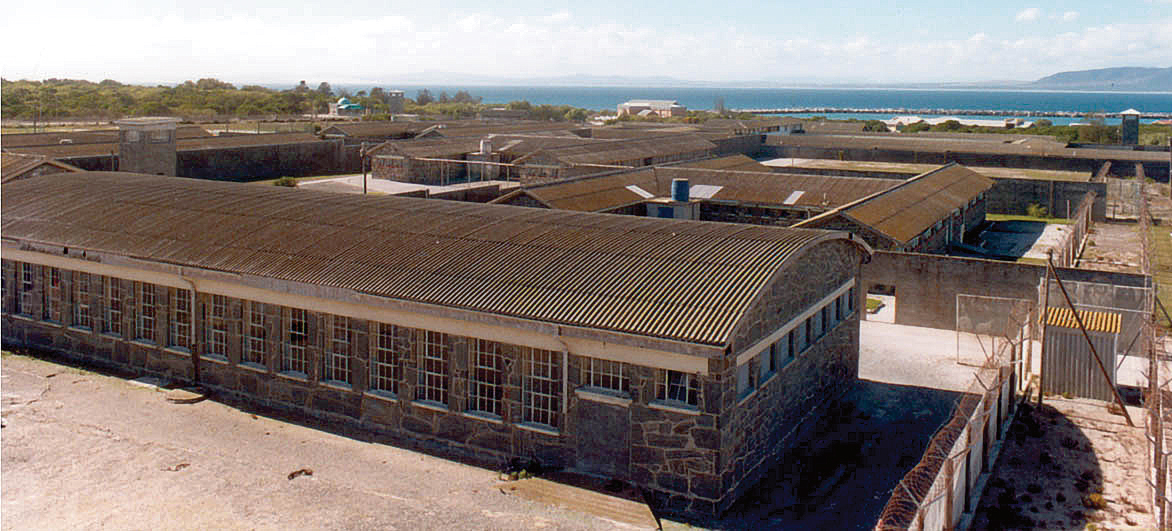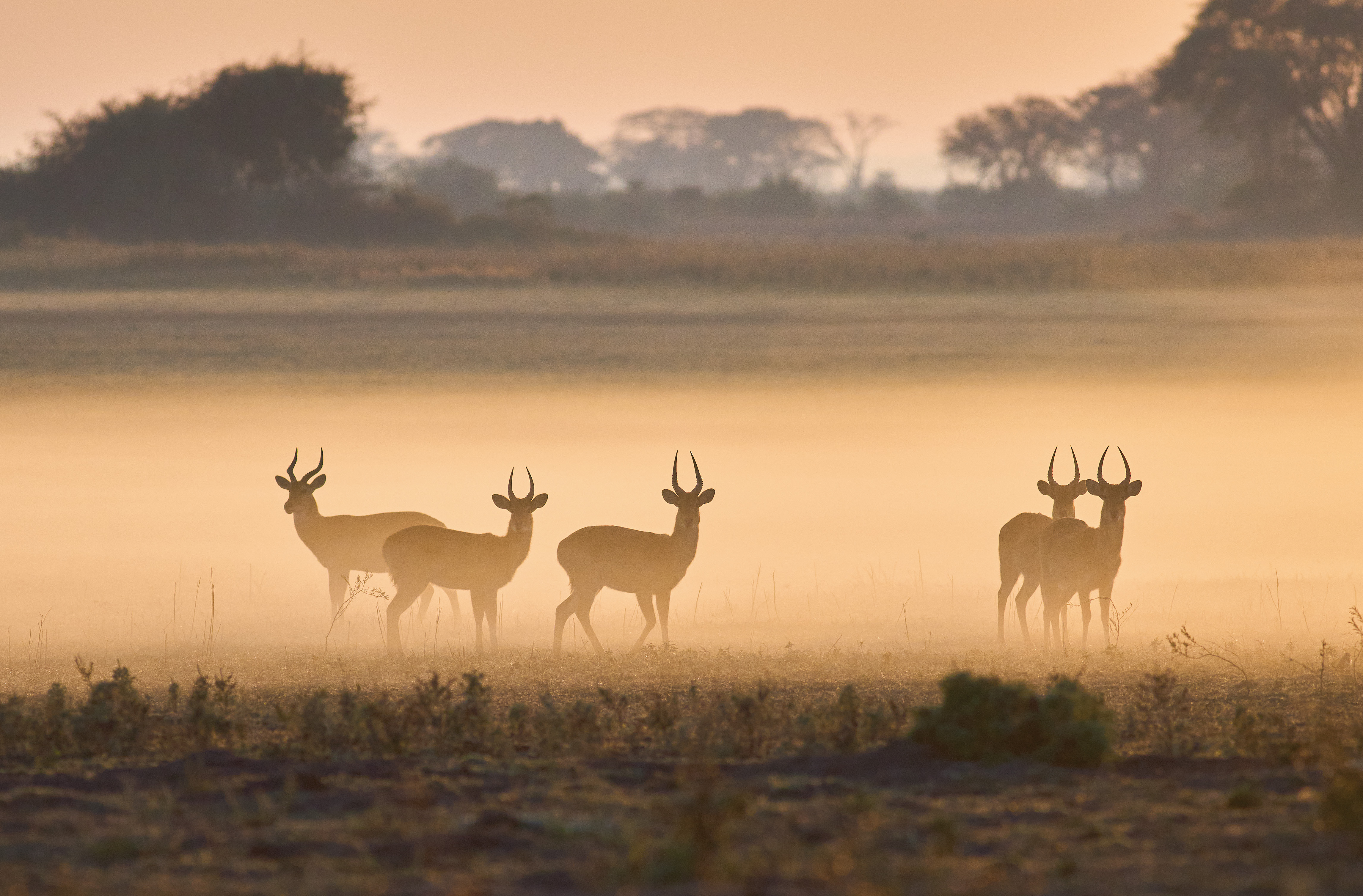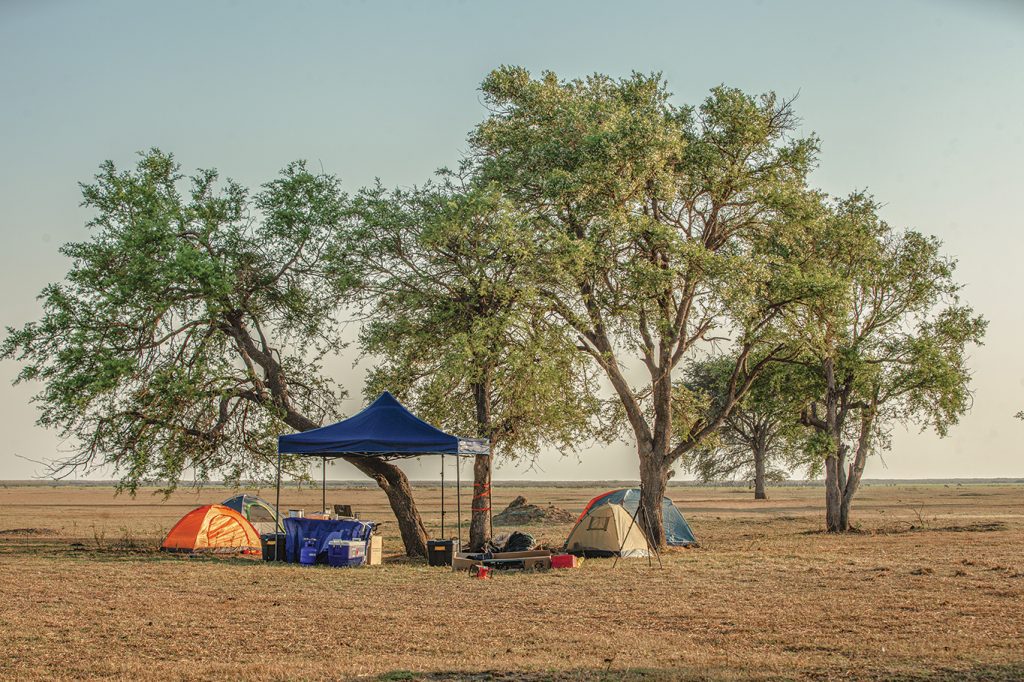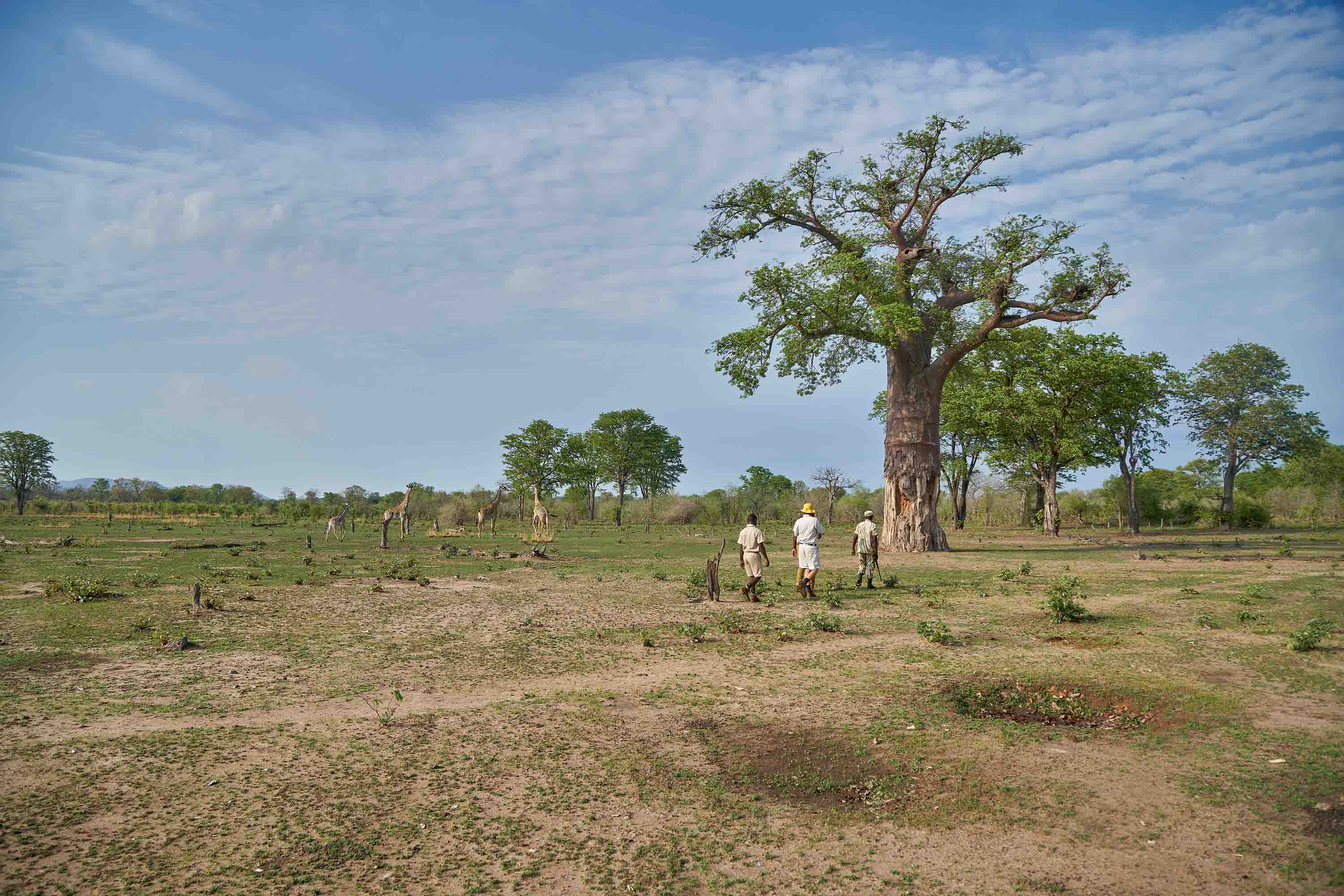FUN FACTS
- Though the religion was founded in Jamaica, Rastafarians believe that the former emperor of Ethiopia, Haile Selassie I, was God incarnate.
- Ethiopia does not follow the Gregorian system and has thirteen months in its calendar. Meaning it is seven years and three months ‘behind’ the rest of the world.
- Abebe Bikila, an Ethiopian, was the first black African to win gold in the Olympics. He achieved this victory in the 1960 Summer Olympics running barefoot.
- Several archaeological findings indicate that modern humankind may have emerged from a region in Ethiopia.
Choose Your Own Adventure
- Attend the Timket Festival
- Marvel at the archaeological wonders of the rock-cut churches in Lalibela
- Try some colourful Ethiopian cuisine and locally produced wine. And while you’re at it don’t skip out on a traditional coffee ceremony.
- Visit the tombs of Axum.
Depending on where you learned your ABCs, Ethiopia is one of only two countries on the African continent to have prevented colonisation by a European power. This might not necessarily persuade you to think of it as a great holiday destination but it should. While not existing in a vacuum Ethiopia’s history and resistance of colonisation in some ways set it on a different path to other African countries. Ethiopia has held on to its culture more steadily than countries that were colonised, making it truly unique
Ethiopia’s diverse and ancient rock architecture, varied geography and colourful culture make it worth visiting. The country’s national identity is steeped in the historic and contemporary roles of Christian, Jewish and Islamic faiths. Ancient Ethiopian kingdoms add to its amazing past and a short vacation won’t be enough for you to cover its marvellous attractions.
While the focus of this article is on historical, architectural and cultural attractions Ethiopia isn’t short on natural wonders. Dramatic landscapes such as those of the Danakil Depression and the Simien Mountains will have you transfixed and wanting to explore this fascinating country even more.

Lalibela

The goal was to construct a New Jerusalem as the Ethiopian capital after Muslims conquered the original Jerusalem in 1187, and halted pilgrimages to the holy land. The result was an architectural feat lauded the world over.
Lalibela is known for its 11 rock-cut churches. Located in northern Ethiopia in the mountainous Amhara Region, each church was carved from a single ‘living rock’ from within the earth. This is believed to symbolise spirituality and humility. Names of numerous places in the town and the overall layout of the rock-cut churches are said to emulate the names and designs (including replicas of the tomb of Christ and the crib of the nativity) seen in Jerusalem by Gebre Mesqel Lalibela, the saint-king of Ethiopia in the 12th and early 13th century.
Biete Medhani Alem is thought to be the largest monolithic church on the planet, while Biete Ghiorgis has an astounding cruciform design. Many of the church interiors are adorned with mural paintings and touching the brown stone walls could transport you to a time you never knew existed. The near-labyrinthine system of ceremonial passages with openings to hermit caves and catacombs can even evoke a sense of fear of the unknown.
Danakil Depression

Raging volcanoes sometimes light up the night sky, harkening to a time before time, with sulphurous lava simmering into mounds of yellow on the salt lakes of this preserved prehistoric plot. Danakil Depression, Denakil Plain or Dankali is an arid lowland wonder of northern Ethiopia. Dallol located in the Depression, has the world’s highest average annual temperature of about 34 °C. It was formed by the evaporation of an inland sea and has created mounds and shapes that could easily make the set of a sci-fi film. 1,200 square kilometres of this near-dreaded land is covered by salt and its salt reserves are estimated to be more than 1,000,000 tonnes. The salt is cut into bars and ferried by mule to various parts of the country and even Eritrea. With temperatures often reaching highs of 50°C and near impassable roads, visiting this region is not for the faint-hearted. Nomadic herders are just about the plain’s only inhabitants
Addis Ababa

Serving as the HQ of the African Union, Addis Ababa is often referred to as ‘’the political capital of Africa” for its historical and political significance to the continent. It is also the capital city of Ethiopia.
Legend has it that the wife of Emperor Menelik II, empress Taitu, persuaded the emperor to build a home near the hot springs at the base of the tableland and to distribute land there to members of the nobility. The emperor obliged and the city was born in 1887. The empress dubbed it Addis Ababa or ‘new flower.’
Addis has to be the best place in the country to experience the culinary range of Ethiopian foods. From street cuisine to hotel menus, you’re guaranteed a taste bud thrill you won’t experience anywhere else in the world.
Museums are a must on any trip and the Ethnological Museum might be one of the best on the continent. Set within Haile Selassie’s former palace in the Addis Ababa University, the museum is flanked by the beautiful gardens and fountains of the main campus. It offers visitors a dive into Ethiopia’s cultural and social history across two floors. Among other things, you can see the pristinely preserved changing room of Emperor Haile Selassie, complete with a bullet hole in his mirror from an attempted coup d’etat in the 60s. You can also view religious art, magic scrolls and traditional musical instruments from across Ethiopia.
Gondar

Often called the ‘Camelot of Africa,’ Gondar (or Gonder) was the capital of Ethiopia from 1632 to 1855, and it hosts the remains of castles and palaces constructed by emperors of bygone eras. It is located in the Amhara Region, north of Tana Lake.
Today, Gondar is a popular tourist destination mainly for the ruins in Fasil Ghebbi or the Royal Enclosure. The most notable and wondrous buildings to behold are the metres high Castle of Fasilides and the once meticulously decorated Palace of Iyasu the Great. The architectural style of some of the stone buildings indicate some Portuguese influence and are truly an awesome sight.
The 17th century Debre Berhan Selassie Church is another definite must-see and is still in use. The artwork on its ceilings will surely draw your attention, even though some of it has been water-damaged over time. Another interesting place to visit in Gondar would be Wolleka or Falasha Village. Once home to a thriving population of Falashas (Ethiopian Jews), most were airlifted to Israel in the 80s and today none remain. You can purchase some crafts and curios here, but prepare to be bombarded by hawkers. You might also want to visit the Project Ploughshare Women’s Crafts Training Center. They’re an organisation helping disadvantaged women learn the art of indigenous pottery, as well as traditional Amhara weaving and basketry. Their beautiful pottery would make great gifts!
Axum

The Axumite Empire was one of the most technologically advanced and significant civilisations of its time. This town is what remains of it and should be a part of your Ethiopia itinerary.
There is speculation that Axum (also spelt Aksum) could have been home to the court of the Queen of Sheba, but even more interesting is the lore that it is the final resting place of the Ark of the Covenant. A small guarded chapel is said to house the ark, and just one specially chosen guardian has access to it. But even he is not allowed to look at it! No one is allowed in the chapel and foreigners aren’t permitted to reach the fence around it because some foreigners once tried to climb the fence and storm the chapel.
The location is home to some of ancient Ethiopia’s most outstanding monuments. Granite obelisks that once stretched out to the sky lie broken in the central square. One measuring 34 metres now laying on its side is said to be the tallest obelisk ever erected.
Beneath Axum’s North Stelae Fields lie mysterious tombs that had been excavated and even pillaged by robbers, so not much is known about Axumite burial customs or the identities of those resting there. Among the tombs of note are the Tomb Of The False Door and the Tomb Of Nefas Mawcha (which denizens believe contains a ‘magic engine’ that the Axumites used to melt stone to shape the stelae above and tombs below).
